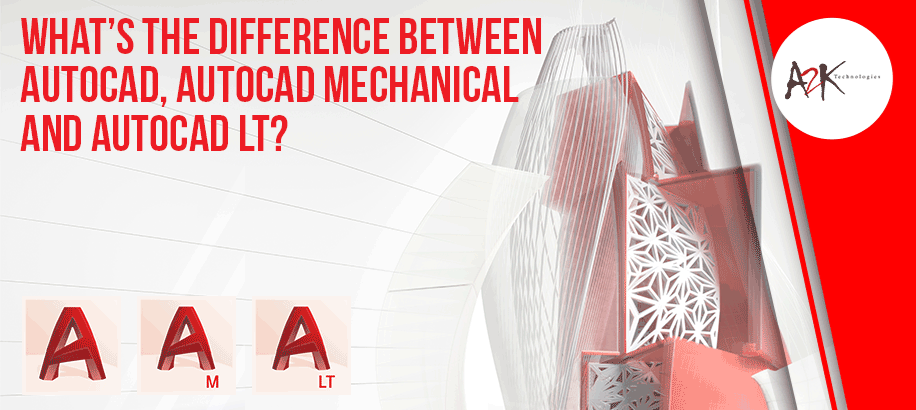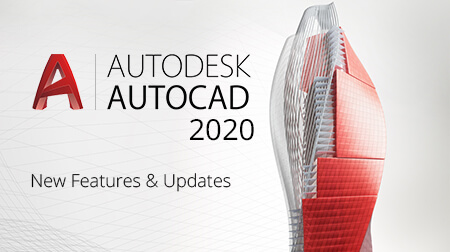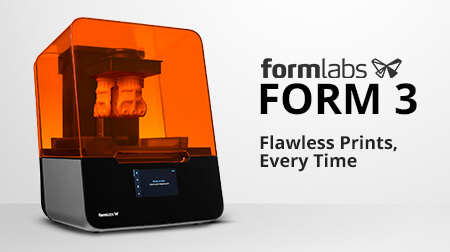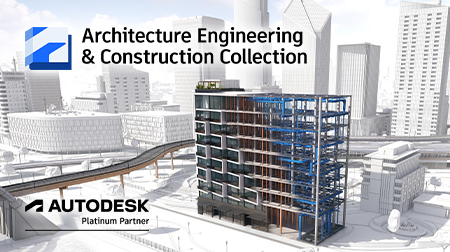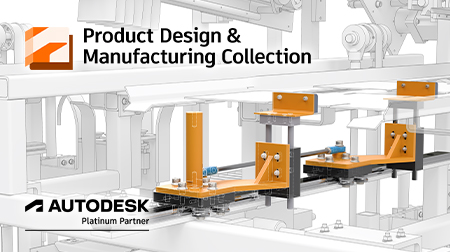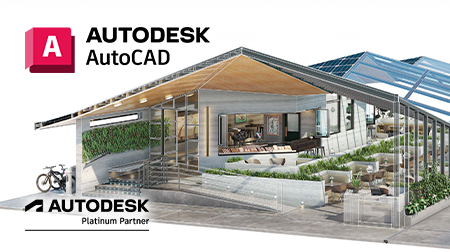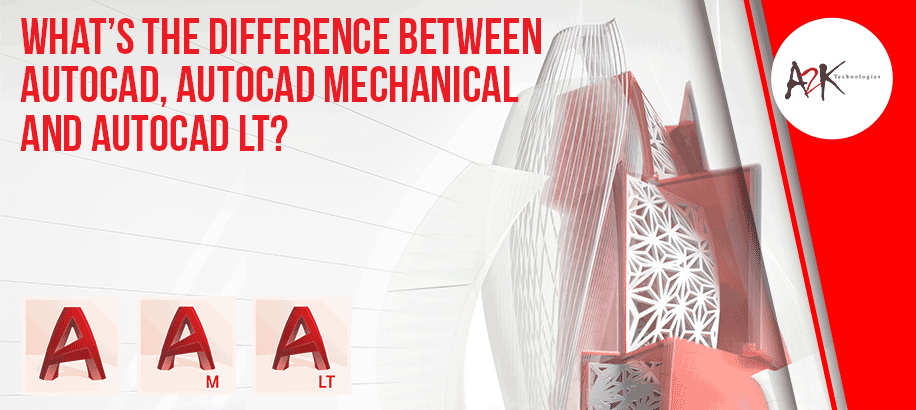
What's the difference between AutoCAD, AutoCAD Mechanical and AutoCAD LT?
By Chami Ranaweera l Redstack Applications Engineer - Mechanical and Electrical
AutoCAD
AutoCAD is one of the most popular and longest standing CAD systems in the market today. It was released initially in 1982 and still is used widely across many disciplines, including Mechanical, Civil, Electrical and Architectural to name a few. Many companies use it solely as a 2D drafting system, however it is much more than that. Yes, we can create basic or complex 2D geometry very quickly and on top of this, AutoCAD has features for creating and editing 3D models with solids, surfaces, and mesh objects. Creating our own programs via LISP routines. Annotating drawings with dimensions, text, leaders, and tables, are all very easy processes in AutoCAD as is creating production ready multi sheet drawings. AutoCAD has a very customisable interface, the ribbon and tool palettes with add-on apps and APIs, users can create their own feel and workspace. Attaching and importing data from PDF files, importing data from DGN files and numerous other software, and interacting with Navisworks and Bing or Google Maps can all be done on AutoCAD.
Supported operating systems:
AutoCAD and AutoCAD LT have been able to run natively on either Windows or Mac operating systems since 2014. Prior to this it was only available as a Windows application. Initially due to general interface differences users reported some challenges, however the more recent releases AutoCAD and LT for MAC now have a very user-friendly interface.
AutoCAD Mechanical
AutoCAD Mechanical software includes all the functionality of AutoCAD, plus a library of standards-based parts and tools. Users can automate mechanical engineering tasks generating machine components, creating BOM, it has 700,000+ intelligent parts to support ANSI, ISO, DIN, JIS, BSI, CSN, and GB standards. It does a lot of the mechanical calculations for if creating a set of gears or for almost any mechanical device. It has many powerful systems for streamlining your mechanical design processes.
Since 2019 Autodesk have changed the way they market AutoCAD Mechanical.
We currently have an option to purchase or upgrade an existing AutoCAD Mechanical with a stack of other AutoCAD overlays, including the following.
- AutoCAD Architecture
- AutoCAD Mechanical
- AutoCAD Electrical
- AutoCAD MEP
- AutoCAD Plant 3D
- AutoCAD Map 3D
- AutoCAD Raster Design
AutoCAD LT
AutoCAD LT was initially designed as a Light version of AutoCAD suitable for use on a Laptop computer. Autodesk limited this to 2D environment and removed the more hardware intensive 3D aspects of AutoCAD. But it still does many of the other AutoCAD features.
What AutoCAD Gives you that AutoCAD LT does not
Here are some of the main functionalities that differentiate AutoCAD LT from AutoCAD:
- Built-in programming capabilities, AutoLISP can be used for creating your own programs to automatically generate design processes and drawings.
- Network licensing for using and managing AutoCAD on multiple machines over a network.
- CAD standards tools to help manage your drawing standards and check that AutoCAD drawings you make or that you receive from others conform to your companies drafting standards.
So which is the best version of AutoCAD for me?
The most important part of the equation is what your customers want. If your market insists on 3D design and drawings files, AutoCAD LT will give you that functionality. Similarly, if you work as a subcontractor for another construction company that has standardised on full AutoCAD with 3D, it would be advisable to make the same choice.
Equally, developing a capability to use full AutoCAD could present more new business opportunities and potential company growth. The following points may help guide your decision:
- The types of market you want to aim for (commercial construction may offer more opportunities to leverage digital 3D design compared to residential construction)
- The resources you have available, not just in quantity, but also by type. Some users love full AutoCAD, while others may find it challenging. Consider a trial version to see how things are likely to work out with your own staff learning curves.
- Staff and user like or dislikes, it may take a while to get to grips with full 3D AutoCAD. Another good reason to start with a trial version as it will give you some idea of the time and effort required.
- Budget and return on investment. Any extra cost and extra functionality should let you create more value and generate more profit.
AutoCAD and AutoCAD Mechanical can be purchased as part of the Product, Design and Manufacturing Collection here: https://www.redstackshop.com.au/autodesk-product-design-and-manufacturing-collection

